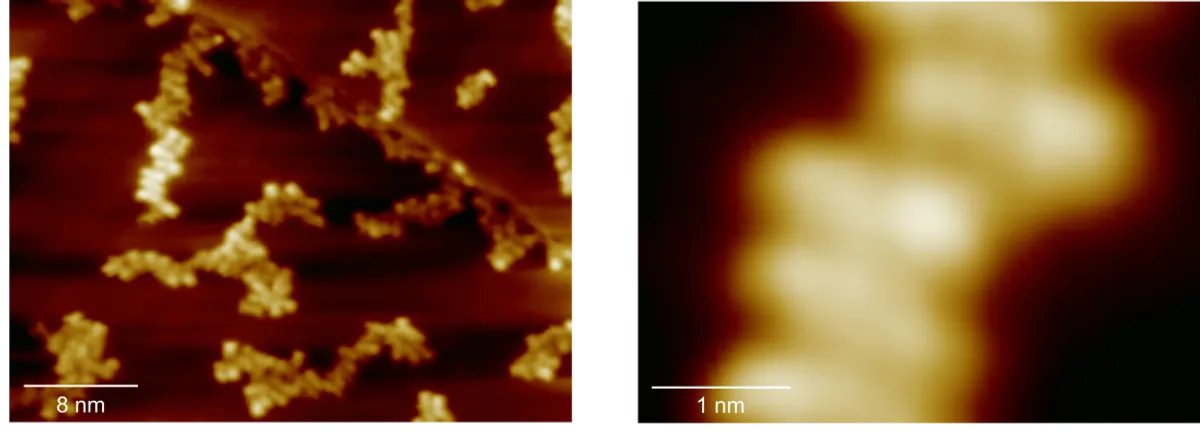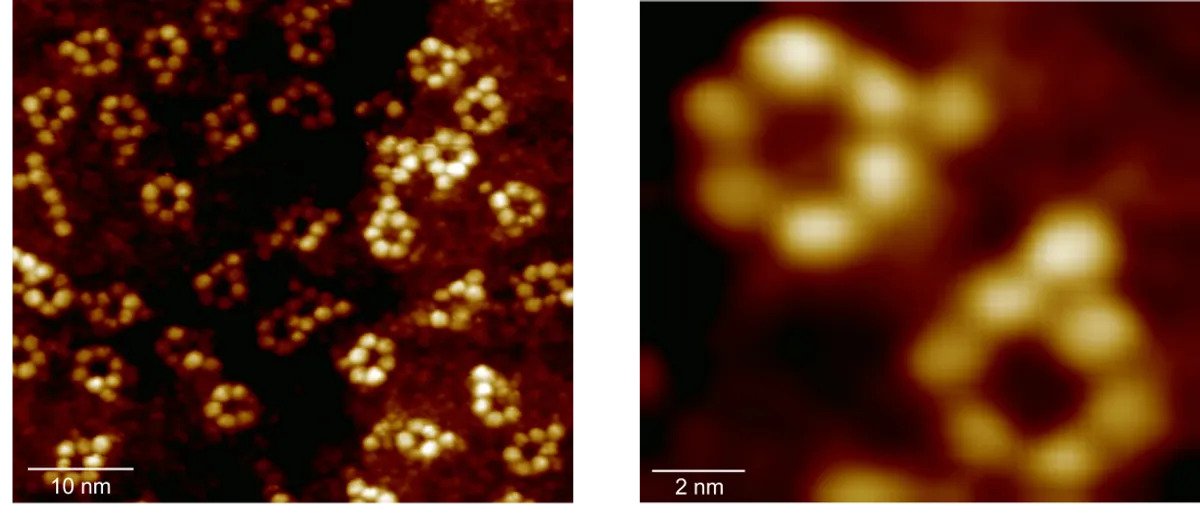Thinking of X-rays might trigger memories of broken bones or dental check-ups. But this extremely energetic light can show us more than just our bones: it is also used to study the molecular world, even biochemical reactions in real-time. One issue, though, is that researchers have never been able to study a single atom with X-rays. Until now.
Scientists have been able to characterize a single atom using X-rays. Not only were they able to distinguish the type of atoms they were seeing (there were two different ones), but they also managed to study the chemical behavior these atoms were showing.
“Atoms can be routinely imaged with scanning probe microscopes, but without X-rays, one cannot tell what they are made of. We can now detect exactly the type of a particular atom, one atom-at-a-time, and can simultaneously measure its chemical state,” senior author Professor Saw Wai Hla, from the University of Ohio and the Argonne National Laboratory, said in a statement.
“Once we are able to do that, we can trace the materials down to ultimate limit of just one atom. This will have a great impact on environmental and medical sciences and maybe even find a cure that can have a huge impact for humankind. This discovery will transform the world.”

Scanning tunneling microscopy of terbium supramolecular assemblies, with the terbium atom at the center of each structure.
Image credit: Ajayi et al., Nature, 2023
The work was able to track an iron atom and an atom of terbium, an element that is part of the so-called rare-earth metals. Both of them were inserted in their respective molecular hosts. A conventional X-ray detector was supplemented with an extra special one. This latter one had a specialized sharp metal tip that had to be placed very close to the sample to collect the X-ray-excited electrons. From the measurements collected by the tip, the team could tell if it was iron or terbium, and that’s not all.
“We have detected the chemical states of individual atoms as well,” Hla explained. “By comparing the chemical states of an iron atom and a terbium atom inside respective molecular hosts, we find that the terbium atom, a rare-earth metal, is rather isolated and does not change its chemical state while the iron atom strongly interacts with its surrounding.”

Images of the supramolecular assemblies that feature six rubidium atoms and an iron one.
Image credit: Ajayi et al., Nature, 2023
The signal seen by the detector has been compared to fingerprints. It allows researchers to understand the composition of a sample, as well as studying the physical and chemical properties of it. This could be critical for improved performance and application of a variety of common and not-so-common materials.
“The technique used, and concept proven in this study, broke new ground in X-ray science and nanoscale studies,” said Tolulope Michael Ajayi, who is the first author of the paper and doing this work as part of his PhD thesis. “More so, using X-rays to detect and characterize individual atoms could revolutionize research and give birth to new technologies in areas such as quantum information and the detection of trace elements in environmental and medical research, to name a few. This achievement also opens the road for advanced materials science instrumentation.”
The study is published in the journal Nature.
An earlier version of this article was published in May 2023.
Source Link: X-Ray Of A Single Atom Achieved In World First